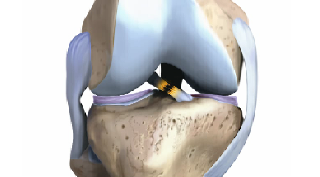- Spine Clinic
- About Our Spine Clinic
- C-Spine
- L-Spine
- Joint Clinic
- About Our Joint Clinic
- Knee
- Shoulder
- Hips
- Small Joint Clinic
- About Our Small Joint Clinic
- Hand
- Foot

+82-31-783-9623
+82-10-2783-6676
Our medical experts at BSH promise to provide honest and exceptional care.

 Severe pain and inability to continue activity
Severe pain and inability to continue activity A loud "pop" or a "popping" sensation in the knee
A loud "pop" or a "popping" sensation in the knee Swelling that begins within a few hours of injury
Swelling that begins within a few hours of injury A feeling of instability or "giving way" with weight bearing
A feeling of instability or "giving way" with weight bearing Loss of range of motion, but you may not feel it when you are walking, sitting, or standing up
Loss of range of motion, but you may not feel it when you are walking, sitting, or standing up Often simple X-Rays, physical exams, and other imagings like MRIs can suffice to make a diagnosis.
Often simple X-Rays, physical exams, and other imagings like MRIs can suffice to make a diagnosis. Conservative treatment
Conservative treatment
You may also wear a brace to stabilize your knee and use crutches for a while to avoid putting weight on your knee. After a period of time for stabilization, you may start rehabilitative physical therapy. However, even after recovery, your ligament may not be as strong as it originally was, so this only applies for partial ACL rupture.
 Surgical treatment
Surgical treatment
Suture: Use stiches to reconnect the torn ACL. This option is recommended if the torn area is closely located to femur when the tibial attachment is accompanied by avulsion fracture.

ACL Reconstruction: Remove the damaged ligament and replace it with a segment of tendon — tissue similar to a ligament that connects muscle to bone. This replacement tissue is called a graft. Your surgeon will use a piece of tendon from another part of your knee or a tendon from a donor. The graft will serve as scaffolding on which new ligament tissue can grow.